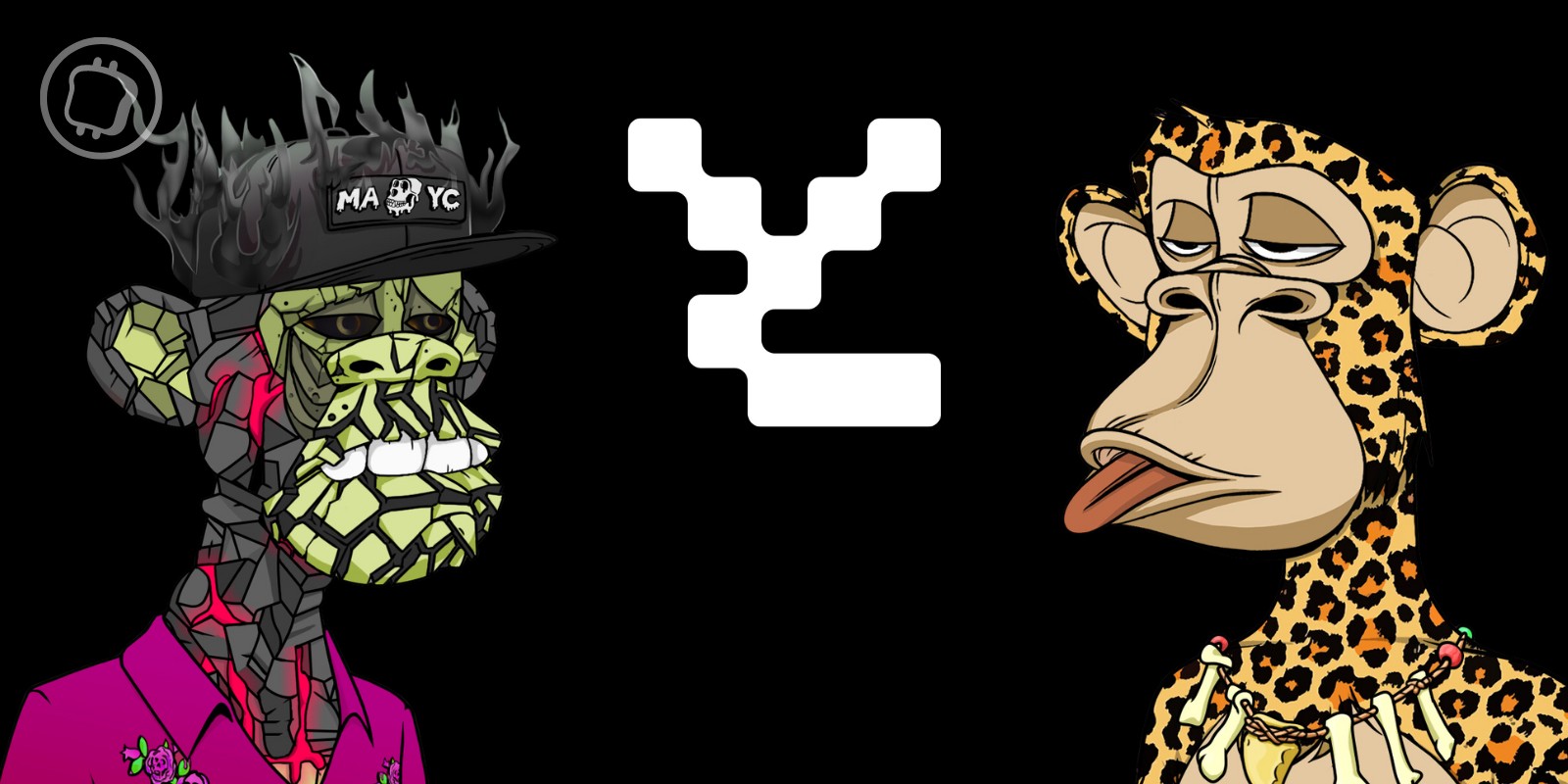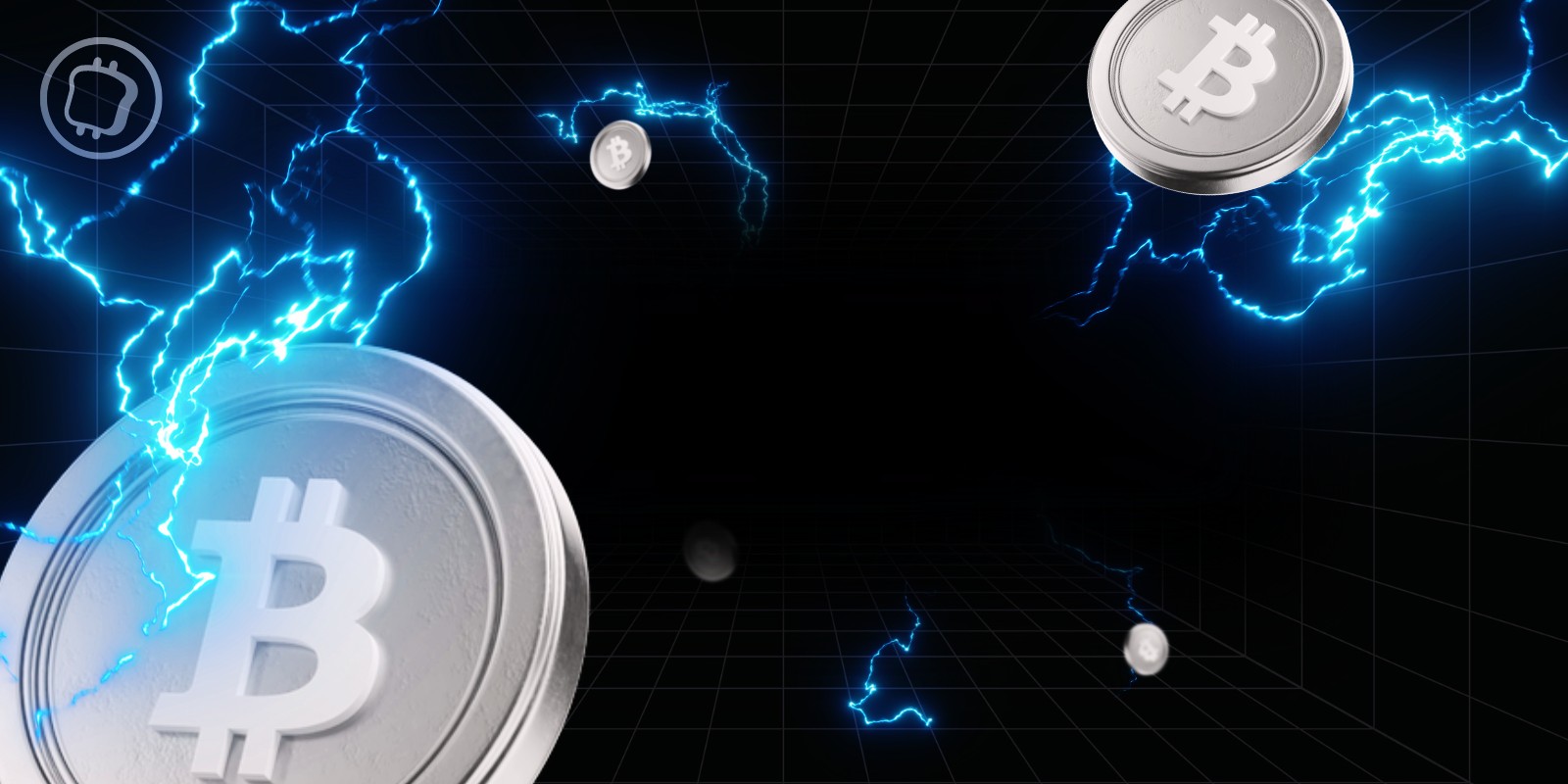The collapse of the Terra ecosystem, which subsequently depegged its algorithmic stablecoin TerraUSD (UST) worth and crashed it to an all-time low of $0.30, has solid doubt over the future of not simply algorithmic stablecoins however all stablecoins typically.
UST’s success and stability have been intertwined with its sibling, LUNA, which creates arbitrage alternatives that, in idea, ought to hold UST’s worth regular. If UST’s worth drops under $1, it may be burned in trade for LUNA, which lowers the availability of UST and raises its worth.
Conversely, if UST’s worth goes above a greenback, LUNA may be burned in trade for UST, which will increase the availability of UST and reduces its worth. So long as circumstances are regular and every little thing capabilities appropriately, this creates each a mechanism and incentive for maintaining the value of UST at $1.
Although algorithmic stablecoins aren’t normally backed by property reminiscent of different stablecoins, the group accountable for growing UST and the broader Terra ecosystem, the Luna Basis Guard (LFG), has nonetheless constructed a battle chest of Bitcoin (BTC) for use within the occasion that the UST turns into depegged from the US greenback.
The thought is that if UST’s worth ever drops considerably, the BTC may be loaned out to merchants who’ll use it to purchase UST and push the value again up, repegging it to the greenback. So, when UST went right into a deep dive, LFG deployed greater than $1.3 billion {dollars} value of BTC (42,000 cash at a worth of $31,000 every) to merchants who have been going to make use of it to buy UST, creating demand stress and bolstering its worth. Nevertheless, that could not save the collapsing ecosystem both, and the spiral impact finally collapsed the value of the LUNA token in addition to its stablecoin.
Within the aftermath of the collapse, even centralized stablecoins, reminiscent of Tether’s USDT, misplaced their greenback peg, falling to a low of $0.95. Since stablecoins act as a bridge for varied decentralized finance ecosystems, the Terra crash led to excessive volatility within the decentralized finance market.
Justin Rice, vp of ecosystem on the Stellar Growth Basis, was fairly skeptical of the future of algorithmic stablecoins in mild of the UST collapse. He advised Cointelegraph:
“What we’re seeing now, and never for the primary time, is an optimistic balancing mechanism unraveling because of pure human responses to market circumstances. It’s difficult to have algorithmic stablecoins hold their peg when issues go sideways, and you need to depend on exterior intervention to set issues proper.”
He additionally advocated for full transparency from stablecoin issuers with third-party audits. Denelle Dixon, CEO and govt director on the Stellar Growth Basis, hoped the current debacle would push the dialog about stablecoin regulations amongst lawmakers. She advised Cointelegraph:
“We have seen important progress shifting the dialog of stablecoin laws in the US. We have seen payments from each side of the aisle that perceive the problems and may transfer this trade ahead by offering readability and guardrails. We additionally know that this can be a international situation and suppose the identical guidelines ought to apply with respect to stablecoins and are working to assist create that consistency.”
Stablecoin regulations across the globe
For a very long time, stablecoins have been on the radar of regulators in lots of main economies, however the UST collapse acted as a catalyst, forcing US, South Korean and plenty of European regulators to be aware of the vulnerabilities in these not-so-stable digital greenback pegs.
US regulators are utilizing the incident as grounds to push for extra stringent guidelines round stablecoins and their issuers, with Treasury Secretary Janet Yellen asserting plans for laws by the tip of the 12 months.
Yellen mentioned it could be “extremely acceptable” to goal for a “constant federal framework” on stablecoins by the tip of 2022, given the expansion of the market. She known as for bipartisanship amongst members of Congress to enact laws for such a framework.
These might simply be imposed on collateralized stablecoins, reminiscent of USD Coin (USDC) and USDT, that are backed by a traditional-style treasury and held by a centralized entity.
Max Kordek, co-founder of blockchain developer platform Lisk, believes the UST collapse will be utilized by lawmakers to push for central financial institution digital currencies (CBDC). He advised Cointelegraph:
“Belief in algorithmic stablecoins is more likely to have enormously diminished due to this incident, and it will be some time earlier than that belief is restored. This will, sadly, be utilized by politicians for example of why the world requires CBDCs. We do not want CBDCs; what we do urgently want, although, is dependable, decentralized stablecoins.”
The Congressional Analysis Service, a legislative company that helps the US Congress, revealed a report on algorithmic stablecoins analyzing the UST crash. The analysis report described the LUNA crash as a “run-like” situation that result in a number of traders pulling out cash from the ecosystem on the identical time.
The analysis paper famous that these circumstances within the conventional monetary sector are protected by regulations that guard towards such situations, however with none regulations in place, it’d result in market instability within the crypto ecosystem.
Jonathan Azeroual, vp of blockchain asset technique INX, advised Cointelegraph:
“Algorithmic stablecoins backed by tremendous risky property are particularly liable to a ‘run’ on the funds backing them if traders lose confidence within the mechanism created to make sure its secure worth or just if the worth of the property backing them falls under the quantity of stablecoin issued.”
He believes the US authorities will actually try to expedite their energy over regulating stablecoins, because it exhibits they aren’t a viable reply to a regulated digital economic system. The regulators may require “stablecoins to be issued by federally regulated banks or by regulating them as securities, which will make them be overseen by the SEC [Securities and Exchange Commission].”
David Puth, CEO of the Coinbase-founded Middle Consortium, hoped for constructive regulations within the wake of the UST collapse. He advised Cointelegraph:
“The very fact stays that stablecoins are a important piece of the rising crypto ecosystem, and trade organizations in the US have been vocal about their need for clear and constructive regulation.”
Puth is hoping for a “considerate and pro-innovation regulation that will hold the US on the forefront of the blockchain economic system.”
Other than the US, South Korea is one other nation that has gotten critical about stablecoins after the Terra collapse. The founding father of Terra, Do Kwon, has been summoned earlier than the nation’s legislature for a listening to. A Korean regulatory watchdog has additionally began threat evaluation of varied crypto tasks working within the nation.
The important thing classes
Whereas regulatory discussions across the stablecoins have gained tempo within the mild of the UST debacle, it has additionally highlighted that the crypto market has developed sufficient to soak up a $40-billion run-down. This proved that the crypto market has grown sufficient to soak up a setback as large as Terra with out posing a risk to broader market stability.
It is important to note that the collapse of Terra, along with the general market correction, has led to a cascade of second-order results, reminiscent of elevated trade outflows, a big spike in liquidations (most clearly in derivatives and decentralized finance), a minimum of a brief slowdown in DeFi (total-value locked and exercise have decreased), and liquid staking points.
Thomas Model, head of establishments at Coinmotion — a Finnish digital asset service supplier — advised Cointelegraph:
“Regulators, I assume, are particularly curious about how crypto, and now particularly stablecoin, dangers may have an effect on TradFi and CeFi through contagion and (in)direct publicity. To date, these dangers haven’t materialized systematically. Nonetheless, regulators may pay nearer consideration to those issues quickly — primarily in the event that they conclude that a minimum of some stablecoins remind a type of shadow banking.”
Terra wasn’t at this level a systemic threat however fairly, its meltdown was restricted, though results might be seen all through varied interlinked ecosystems.
Derek Lim, head of crypto insights at Bybit trade, advised Cointelegraph that whereas the UST collapse has undoubtedly attracted regulator scrutiny, the crypto market managed to recuperate with out seeing colossal injury throughout the board. He defined:
“I wish to level out that one of many key considerations that US regulators have made clear in a number of stories is {that a} stablecoin financial institution run might destabilize the broader monetary system. This incident has proven {that a} financial institution run on the third-largest stablecoin by market cap has barely affected the broader crypto markets, not to mention the S&P and past.”
Terra’s spiral catastrophe not solely highlights the necessity for transparency from stablecoin issuers however the significance of a regulated market as effectively. With clear regulations in place, there would have been a number of gatekeepers to stop small traders from shedding their cash. The occasion has already prompted regulators all over the world to take discover.
The Terra collapse might show to be a turning level for stablecoin regulations across the globe, fairly much like what Libra’s international stablecoin plans did for CBDCs — ie, prompting regulators to speed up their very own plans.














